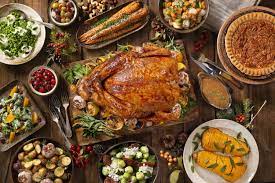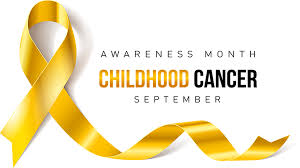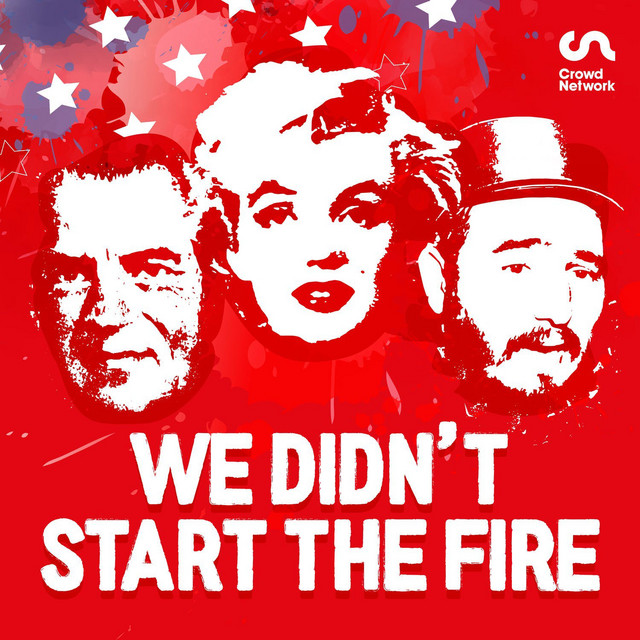
Thanksgiving Day, annual national holiday in the United States and Canada celebrating the harvest and other blessings of the past year. Americans generally believe that their Thanksgiving is modeled on a 1621 Harvest Feast shared by the English colonists (Pilgrims) of Plymouth and the Wampanoag people. The American holiday is particularly rich in legend and symbolism, and the traditional fare of the Thanksgiving meal typically includes turkey, bread stuffing, potatoes, cranberries, and pumpkin pie. With respect to vehicular travel, the holiday is often the busiest of the year, as family members gather with one another. Thanksgiving Day is celebrated on Thursday, November 24, 2022.
The idea of the national holiday first started with George Washington, and became a reality with Abraham Lincoln. As the Civil War raged on, Lincoln believed that Thanksgiving might help to unite the divided country. He declared it a national holiday in 1863 and kept Thanksgiving as the last Thursday in November. Washington’s idea was finally brought to life, and it was at this time that Thanksgiving became a bona fide official holiday on the American calendar.
The story of Thanksgiving begins with with a few colonists of the Plymouth colony, which is in present-day Massachusetts, going out “fowling,” possibly for turkeys but more probably for the easier prey of geese and ducks, since they usually killed enough fowls to feed the colony for a week, or so the story goes. After they had gotten back to the colony, they had a sudden fright when 90 or so Wampanoag Natives made a surprise appearance at the settlement’s gate, doubtlessly unnerving the 50 or so colonists. Despite their initial fright, over the next few days the two groups socialized without incident. They eventually decided to have a “Harvest Feast”, which was to celebrate a successful harvest season. The Wampanoag contributed venison to the feast, which included the fowl and probably fish, eels, shellfish, stews, vegetables, and beer. Colonial Plymouth didn’t have many buildings, so most people ate outside while sitting on the ground or on barrels with plates on their laps. The men fired guns, ran races, and drank liquor, struggling to speak in broken English and Wampanoag. Despite the affair’s obvious disorder, it sealed a treaty between the two groups that lasted until King Philip’s War (1675–76), in which hundreds of colonists and thousands of Native Americans lost their lives.
The New England colonists were accustomed to regularly celebrating “Thanksgivings,” days of prayer thanking God for blessings such as military victory or the end of a drought. For example, the U.S. Continental Congress proclaimed a national Thanksgiving upon the enactment of the Constitution, but it was unfortunately turned down. Yet, after 1798, the new U.S. Congress left Thanksgiving declarations to the states; some objected to the national government’s involvement in a religious observance, Southerners were slow to adopt a New England custom, and others took offense over the day’s being used to hold partisan speeches and parades. A national Thanksgiving Day seemed more like a lightning rod for controversy than a unifying force.
However, Thanksgiving Day did not become an official holiday until Northerners dominated the federal government. While sectional tensions prevailed in the mid-19th century, the editor of the popular magazine Godey’s Lady’s Book, Sarah Josepha Hale, campaigned for a national Thanksgiving Day to promote unity. She finally won the support of President Abraham Lincoln. On October 3, 1863, during the Civil War, Lincoln proclaimed a national day of thanksgiving to be celebrated on Thursday, November 26.
The history and origin of the holiday we know today as Thanksgiving, has been long, albeit interesting. As for the tradition of eating pie on Thanksgiving, specifically pumpkin pie, that started because pumpkin was believed to be served at the celebratory dinner between the Wampanoags and the Plymouth colonists, so pumpkin has remained the staple for Thanksgiving dinners, along with turkeys, ham, and a cornucopia. Have a great Thanksgiving! May your bellies be stuffed as full as your turkeys!




